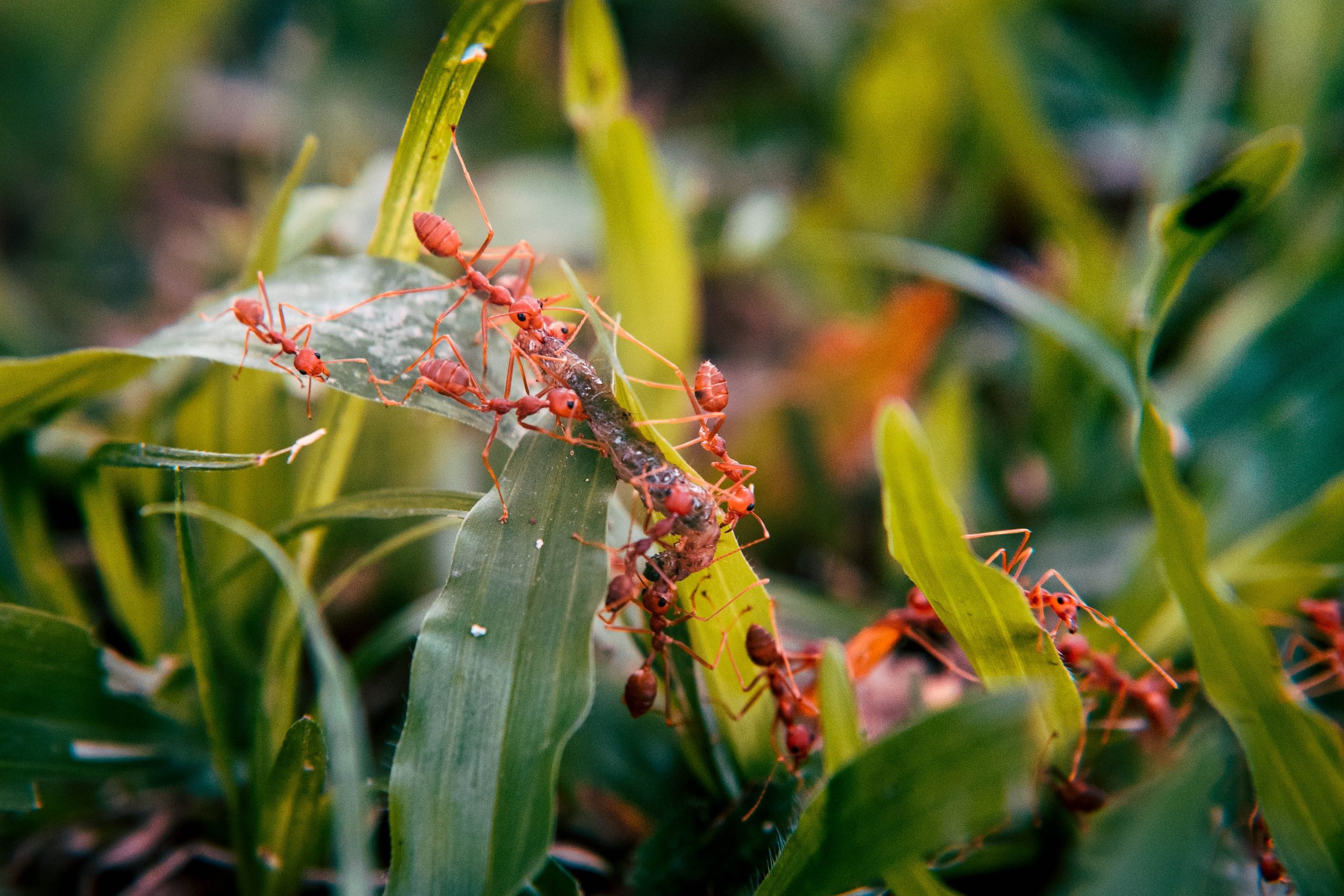Ants are one of the most fascinating and complex creatures in the animal kingdom. They work tirelessly, collaborate seamlessly, and build intricate structures that put human engineers to shame. Yet, when it comes to our relationship with these tiny marvels of nature, we often overlook their value and treat them as nothing more than a nuisance or an object of curiosity. In this blog post, we’ll explore why 500,000 ants deserve more than just a jar and some dirt, and how you can help support these incredible communities right in your own backyard. So let’s dive into the world of ants and discover what makes them so deserving of our respect!
How ants Colony
Ant colonies are complex and highly organized systems that can consist of hundreds of thousands or even millions of individual ants. The colony is typically led by a single queen, whose primary function is to lay eggs and maintain the population.
Each ant in the colony has a specific role to play based on its size, age, and physical abilities. Some ants serve as workers, gathering food and building nests, while others act as soldiers, defending the colony from predators.
Ants communicate with one another using chemical signals known as pheromones. These scents allow them to identify members of their own colony and distinguish between friend and foe.
The structure of an ant nest varies depending on the species but often consists of a network of tunnels leading to different chambers for storing food, caring for young larvae, and housing the queen.
Despite their small size, ants are incredibly resilient creatures capable of adapting to changing environmental conditions. They have been around for millions of years and continue to thrive today due to their unique social structure and remarkable ability to work together towards a common goal.
How Ants Work
Ants are fascinating creatures that have evolved to live and work together in complex societies. Each ant has a specific role within the colony, from caring for the young to foraging for food. Ants communicate with one another through chemical signals called pheromones, allowing them to coordinate their activities and respond quickly to changing conditions.
One of the most impressive aspects of ants’ working behavior is their ability to build intricate nests, often underground or inside trees. Different species of ants construct different types of nests using materials such as soil, sand, leaves, or twigs. Some ants even use their own bodies as building material by linking legs and forming chains.
Ants also tend to aphids and other plant-sucking insects in order to collect honeydew secretions from them. This mutually beneficial relationship between ants and aphids demonstrates how cooperation can lead both parties towards success.
It’s clear that ants work hard every day in order to ensure the survival of their colony. Their unique social structure allows them not only survive but thrive because they learn how each individual plays an important role towards achieving a common goal – which is something we humans can definitely learn from!
What Kinds of Ants Live in the U.
S.?
Ants are an incredibly diverse group of insects, with over 12,000 known species worldwide. In the United States alone, there are more than 700 different species of ants. These species can be categorized into three main groups: social parasites, solitary hunters, and colony-forming ants.
Social parasite ants do not form their own colonies but instead live by infiltrating other ant colonies and stealing resources from them. Solitary hunter ants hunt for prey on their own and do not rely on a colony to survive. Colony-forming ants are the most common type of ant in the U.
S., living in large groups that can contain hundreds of thousands or even millions of individual members.
Some common types of colony-forming ants found in the U.
S. include pavement ants, carpenter ants, fire ants, and Argentine Ants. Each species has its unique characteristics that make it well-suited to its particular environment.
Understanding the different types of ant species present in your area is crucial when trying to help an ant colony thrive or identifying potential pest problems around your home or property.
How to Help an Ant Colony
Ants may be small, but they play a critical role in our ecosystem. They help spread seeds and aerate soil, making them an essential part of the food chain. But unfortunately, ant populations are declining due to habitat loss and pesticide use.
If you have an ant colony in your yard or garden, there are steps you can take to help support their survival. First off, avoid using pesticides on or near the colony site. Pesticides not only kill ants, but they also harm other beneficial insects that the ants rely on for food.
Next up is providing a suitable habitat for the ants to thrive in. This means creating areas with loose soil or mulch where they can build their nests without being disturbed. You can also plant native flowers and shrubs that provide nectar and pollen as a food source for adult ants.
Additionally, consider offering a water source for thirsty ants by placing shallow dishes filled with water nearby their nest area. Remember to change out the water regularly to prevent mosquito breeding.
It’s crucial not to disrupt or move an ant colony unless absolutely necessary as this can cause severe stress and harm to the entire community.
By following these simple tips on how to help an ant colony survive and thrive, you’ll be doing your part in preserving these valuable creatures’ existence while benefiting from all they contribute towards our ecosystem!
Conclusion
Ants are fascinating creatures that deserve more than just a jar and some dirt. They play an important role in our ecosystem as they help to decompose organic matter, aerate soil, and control other insect populations. By learning how ants colony and work together, we can gain a greater appreciation for these tiny insects.
There are many ways that we can help ant colonies thrive, such as creating natural habitats in our own backyards or simply leaving them alone when we encounter them out in the wild. By taking steps to preserve their habitat and support their growth, we can ensure that these amazing creatures will continue to thrive for years to come.
So next time you see an ant crawling on the ground or building its nest outside your window, take a moment to appreciate all of the hard work they do every day. With just a little bit of effort on our part, we can help ensure that 500,000 ants (or even more) get the respect and care they truly deserve!









